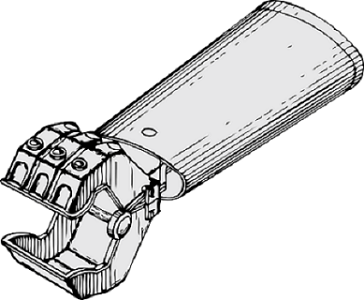Journal of NeuroEngineering and Rehabilitation
On neuromechanical approaches for the study of biological and robotic grasp and manipulation
Journal of NeuroEngineering and Rehabilitation201714:101
© The Author(s) 2017
- Received: 1 March 2017
- Accepted: 4 September 2017
- Published: 9 October 2017
Abstract
Biological and robotic grasp and manipulation are undeniably similar at the level of mechanical task performance. However, their underlying fundamental biological vs. engineering mechanisms are, by definition, dramatically different and can even be antithetical. Even our approach to each is diametrically opposite: inductive science for the study of biological systems vs. engineering synthesis for the design and construction of robotic systems. The past 20 years have seen several conceptual advances in both fields and the quest to unify them. Chief among them is the reluctant recognition that their underlying fundamental mechanisms may actually share limited common ground, while exhibiting many fundamental differences. This recognition is particularly liberating because it allows us to resolve and move beyond multiple paradoxes and contradictions that arose from the initial reasonable assumption of a large common ground. Here, we begin by introducing the perspective of neuromechanics, which emphasizes that real-world behavior emerges from the intimate interactions among the physical structure of the system, the mechanical requirements of a task, the feasible neural control actions to produce it, and the ability of the neuromuscular system to adapt through interactions with the environment. This allows us to articulate a succinct overview of a few salient conceptual paradoxes and contradictions regarding under-determined vs. over-determined mechanics, under- vs. over-actuated control, prescribed vs. emergent function, learning vs. implementation vs. adaptation, prescriptive vs. descriptive synergies, and optimal vs. habitual performance. We conclude by presenting open questions and suggesting directions for future research. We hope this frank and open-minded assessment of the state-of-the-art will encourage and guide these communities to continue to interact and make progress in these important areas at the interface of neuromechanics, neuroscience, rehabilitation and robotics.
Keywords
- Neuromuscular control
- Hand
- Prosthetics






















.jpg)










No hay comentarios:
Publicar un comentario